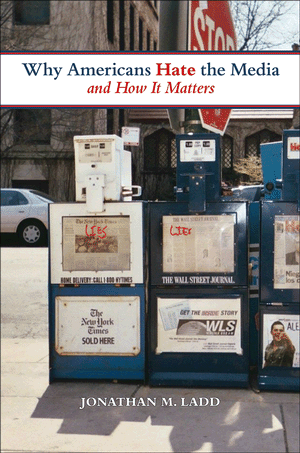Last updated on: June 29, 2013 at 8:43 am
By
tmatt
In the wake of the U.S. Supreme Court decisions on same-sex marriage, I wrote two relatively quiet pieces that attempted to focus on specific journalistic issues linked to this significant victory for the cultural, moral and religious left.
One post asked if the mainstream press would ponder and investigate the degree to which the Defense of Marriage Act decision reflected a split among Catholics inside the court. I referred to the four Supreme Court justices who are known to be rather traditional, Mass attending Catholics — the four-vote minority in this better 5-4 split decision — and the two members of the court, including the author of the majority decision, who in previous media accounts have been shown to be both doctrinally progressive and “cultural” Catholics who are not highly active at the parish and sacramental levels.
Is there a religion hook there? A ghost?
The other post asked why The Baltimore Sun, in it’s package covering the decisions, did not address two major Maryland-specific elements of the story. No. 1: The voices of African-American churchgoers, a key constituency in all of the state’s debates about same-sex marriage. No. 2: The fact that Baltimore Archbishop William Lori is the chair of the U.S. Catholic bishops’ committee on religious liberty and, thus, one of the most important Catholic voices on issues linked to the potential impact of the same-sex marriage rulings on the lives of traditional religious believers and institutions.
Alas, each of these questions — so far — must be answered with the a simple “no.”
Truth be told, I have been surprised, so far, with how few readers on the left or the right have left any comments on why it is either good or bad for many mainstream news organizations to use a one-sided, advocacy approach (Yes, hello Bill Keller of The New York Times) when covering such an important story. I didn’t expect balanced coverage. I did assume some basic questions and issues would be addressed on both sides of the story.
The bottom line: Is this the new professional “normal” when covering hot-button issues linked to religion?
All of this entered into my discussions this week with Todd Wilken as we taped this week’s episode of “Crossroads,” the GetReligion podcast. Click here to listen to that.
The lack of comments on these posts left me rather depressed. The implication is that that many GetReligion readers have simply given up and no longer believe that many, perhaps most, elite journalists are committed to focusing accurate, balanced coverage of the views and beliefs of “stakeholders” (there’s that Poynter.org term again) on both sides of these debates.
Bummer. And the more I pondered this, the more I thought about another recent story linked to public views of the press.
Did you happen to see the recent reporting on this national poll?
Only 23 percent of Americans have confidence in newspapers, according to Gallup.
Continuing a decades-long downward trend, fewer than one-fourth of Americans have confidence in newspapers, according to a recent Gallup poll.
The percentage of Americans saying they have “a great deal” or “quite a lot” of confidence in newspapers dropped to 23 percent this year from 25 percent last year, according to a report on the poll, which was released Monday.
American confidence in newspapers reached its peak at 51 percent in 1979, and a low of 22 percent in 2008.
Now, that 23 percent figure is quite close — too close for comfort — to the growing army of Americans (.pdf here) who are either religiously unaffiliated or openly atheist/agnostic. Am I saying that this fact explains this anti-media trend? No way. But it could be a sign that the large mass of Americans who no longer trust the press, who no longer believe the mainstream press can fairly and accurately cover divisive issues, includes an unusually high number of religious believers, especially those who are active in local congregations.
Yes, there is a “political” angle to this:
(more…)













